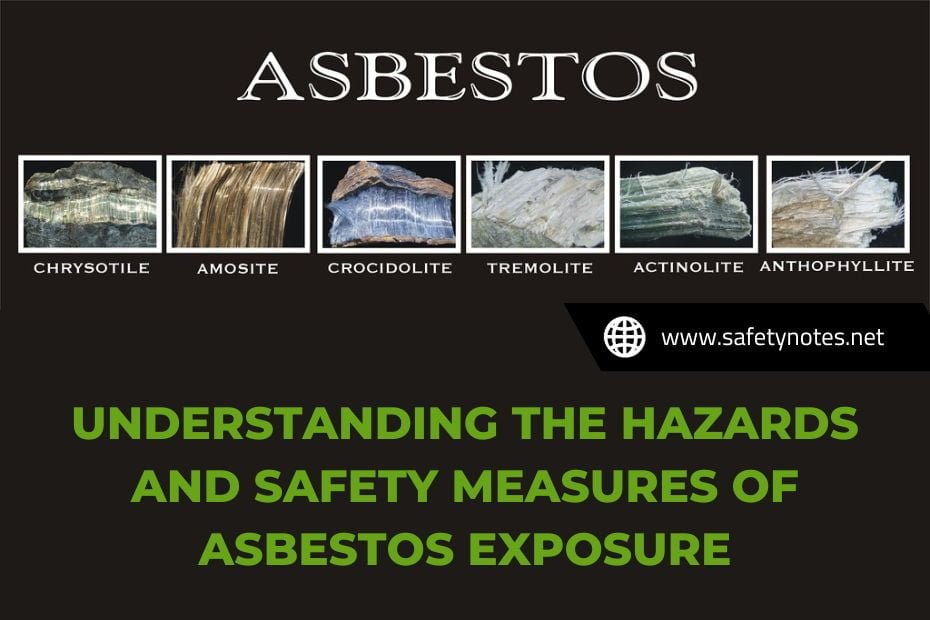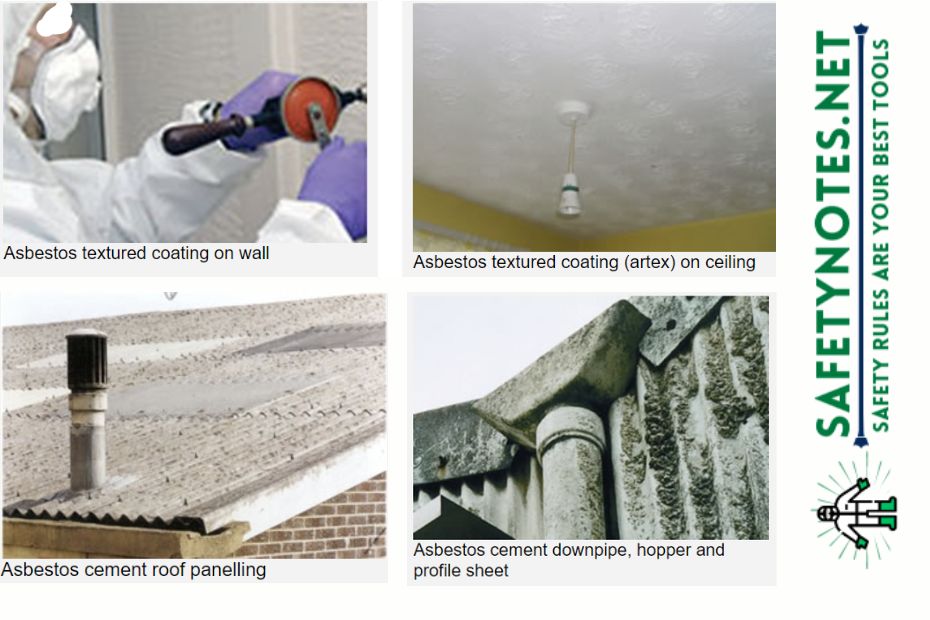
Asbestos, a naturally occurring mineral fiber, has been widely used in various industries due to its heat and corrosion-resistant properties. However, its hazardous health risks have made it a prominent concern in the field of health, safety, and environment (HSE). This article aims to provide a comprehensive understanding of the dangers associated with asbestos exposure and the safety measures that need to be implemented to mitigate these risks.
What is Asbestos?
Asbestos is a group of six naturally occurring fibrous minerals composed of thin, needle-like fibers. Owing to its durability, fire resistance, and insulation properties, asbestos was extensively used in numerous building materials and vehicle products. Despite its advantageous properties, the harmful effects of asbestos on human health have raised significant concerns.

The Hidden Hazard of Asbestos
Asbestos becomes a potential hazard when it’s disturbed. Activities like Townsville renovations, demolition, manufacturing of asbestos-containing products, or natural disasters can release microscopic asbestos fibers into the air. These invisible fibers can be unknowingly inhaled or swallowed, becoming trapped in the lungs or embedded in the digestive tract.
Chronic exposure to asbestos is linked to severe health complications. It is a known human carcinogen, causing diseases like lung cancer, mesothelioma, and asbestosis. The concerning fact is that symptoms or cancers may take many years to develop following exposure.
Where Does the Asbestos Hazard Exist?
Asbestos hazards are not confined to one specific area or industry. They may occur during manufacturing, repair works, renovation, or demolition of buildings or ships, or during cleanup after these activities or natural disasters.
Moreover, materials installed before 1981 are presumed to contain asbestos. Examples include thermal system insulation, roofing and siding shingles, vinyl floor tiles, plaster, cement, putties and caulk, ceiling tiles and spray-on coatings, industrial pipe wrapping, heat-resistant textiles, and automobile brake linings and clutch pads.



Asbestos Safety Standards and Protections
In order to protect workers from the hazards of asbestos, the Occupational Safety and Health Administration (OSHA) has set forth several safety standards. These include:
Permissible Exposure Limit (PEL)
The PEL for asbestos is 0.1 fiber per cubic centimeter of air as an eight-hour time-weighted average (TWA), with an excursion limit (EL) of 1.0 asbestos fibers per cubic centimeter over a 30-minute period. Employers must ensure that no one is exposed above these limits.
Workplace Assessment and Monitoring
Workplaces must be assessed to determine if asbestos is present and if work will generate airborne fibers. Monitoring is necessary to detect if asbestos exposure is at or above the PEL or EL.
Engineering Controls and Work Practices
If the exposure has the potential to be above the PEL or EL, employers must use proper engineering controls and work practices to keep it at or below the PEL and EL. Where feasible engineering controls and work practices do not ensure worker protection at the exposure limits, employers must reduce the exposures to the lowest level achievable and then supplement with proper respiratory protection.
Hazard Communication and Demarcation
Proper hazard communication and demarcation with warning signs containing specified language in areas that have exposures above the PEL or EL is necessary. No smoking, eating, or drinking should occur in these areas and proper PPE must be provided and used to prevent exposure.
Training and Medical Surveillance
Training requirements depend on the workplace exposure and classification. Training must be provided to all workers exposed at or above the PEL before work begins and yearly thereafter. Medical surveillance must be provided for workers who engage in certain classifications of work, or experience exposures at or above the PEL.
In conclusion, though asbestos poses significant health risks, with the right knowledge and adherence to safety measures, these risks can be effectively managed. It’s crucial for employers and employees to be aware of the potential hazards and take necessary precautions to ensure a safe and healthy work environment.
FAQs on Asbestos
1. What is Asbestos?
Asbestos is a group of six naturally occurring fibrous minerals. It has been widely used in various industries due to its heat and corrosion-resistant properties.
2. Why is Asbestos Hazardous?
Asbestos becomes hazardous when it’s disturbed. The tiny fibers can be released into the air and inhaled or swallowed, leading to severe health complications, including lung cancer, mesothelioma, and asbestosis.
3. Where Can Asbestos Be Found?
Asbestos can be found in various building materials and vehicle products installed before 1981, such as thermal system insulation, roofing and siding shingles, vinyl floor tiles, plaster, cement, putties, and caulk.
4. What Safety Measures Are Recommended for Asbestos Exposure?
Safety measures include adhering to the permissible exposure limit, workplace assessment and monitoring, implementing engineering controls and work practices, hazard communication and demarcation, and providing training and medical surveillance.
5. How Can Asbestos-Related Health Risks be Reduced?
Asbestos-related health risks can be reduced by adhering to safety standards, using proper personal protective equipment, and promoting awareness about the hazards of asbestos exposure.


